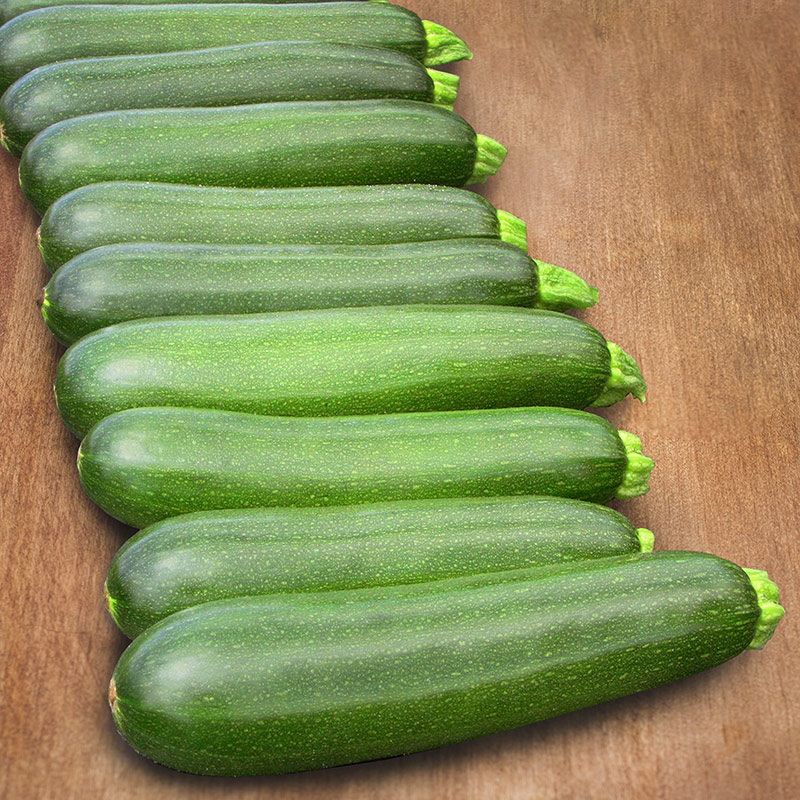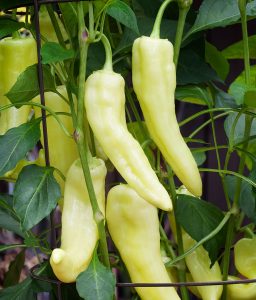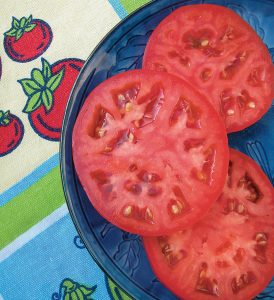

This disease-resistant variety produces early and often. Plants yield lots of medium green fruit with lighter-coloured flecks. Plants grow well in many areas of the country, and will produce throughout the season if fruit is harvested regularly. Pick when fruit is between 7 and 8 inches long. Intermediate resistance to powdery mildew, cucumber mosaic virus, zucchini yellow mosaic virus, and watermelon mosaic virus.
- Light Full sun
- Fruit size 7 to 8 inches long
- Matures 42-44 days after planting
- Plant spacing 24 to 36 inches apart
- Plant size 20 inches tall
Light requirements Full sun.
Planting Space 24 to 72 inches apart, depending on type. (Read the stick tag that comes with the plant for specific spacing recommendations.)
Soil requirements All squash types need well-drained, nutrient-rich soil. Work at least 3 inches of compost or other organic matter into soil prior to planting. Create raised beds if soil tends to be heavy and poorly draining.
Water requirements Keep soil consistently moist throughout the growing season. Before vines begin to run, mulch soil lightly to reduce water evaporation. Once vines spread, leaves shade soil and act as living mulch.
Frost-fighting plan Squash plants are sensitive to frost and are damaged by even a light frost (28º F to 32º F). It’s a good idea to protect newly planted seedlings from late spring frosts by covering plants with straw or a frost blanket. Do not let frost settle on late-season fruits of summer or winter squash. Frost-kissed winter squash won’t store well.
Common issues Watch out for squash bugs, squash vine borers, and cucumber beetles. If pest problems start early in the season, grow plants beneath floating row covers. Squash can experience blossom end rot, where the end of developing fruits starts to rot. Powdery mildew often appears on leaves in late summer.
Harvesting For best flavor, pick summer squash like crookneck and zucchini when fruits are small. Winter squash, like acorn, hubbard and butternut, should ripen as fully as possible on the vine, but gather all fruits before frost. Cut squash from vines, leaving an intact stem attached to squash. Having a stem section (one-half to 1 inch) is the secret to successful storage, both short- and long-term.
Storage Refrigerate summer squash in a loosely closed plastic bag. It will stay at peak freshness and nutrition up to 5 days, and remain useable for up to 14 days (although it may become soft). Winter squash can be stored for varying lengths of time, from a couple weeks to several months. Hubbard and butternut store longest. Research best storage conditions for the type of winter squash you grow.



